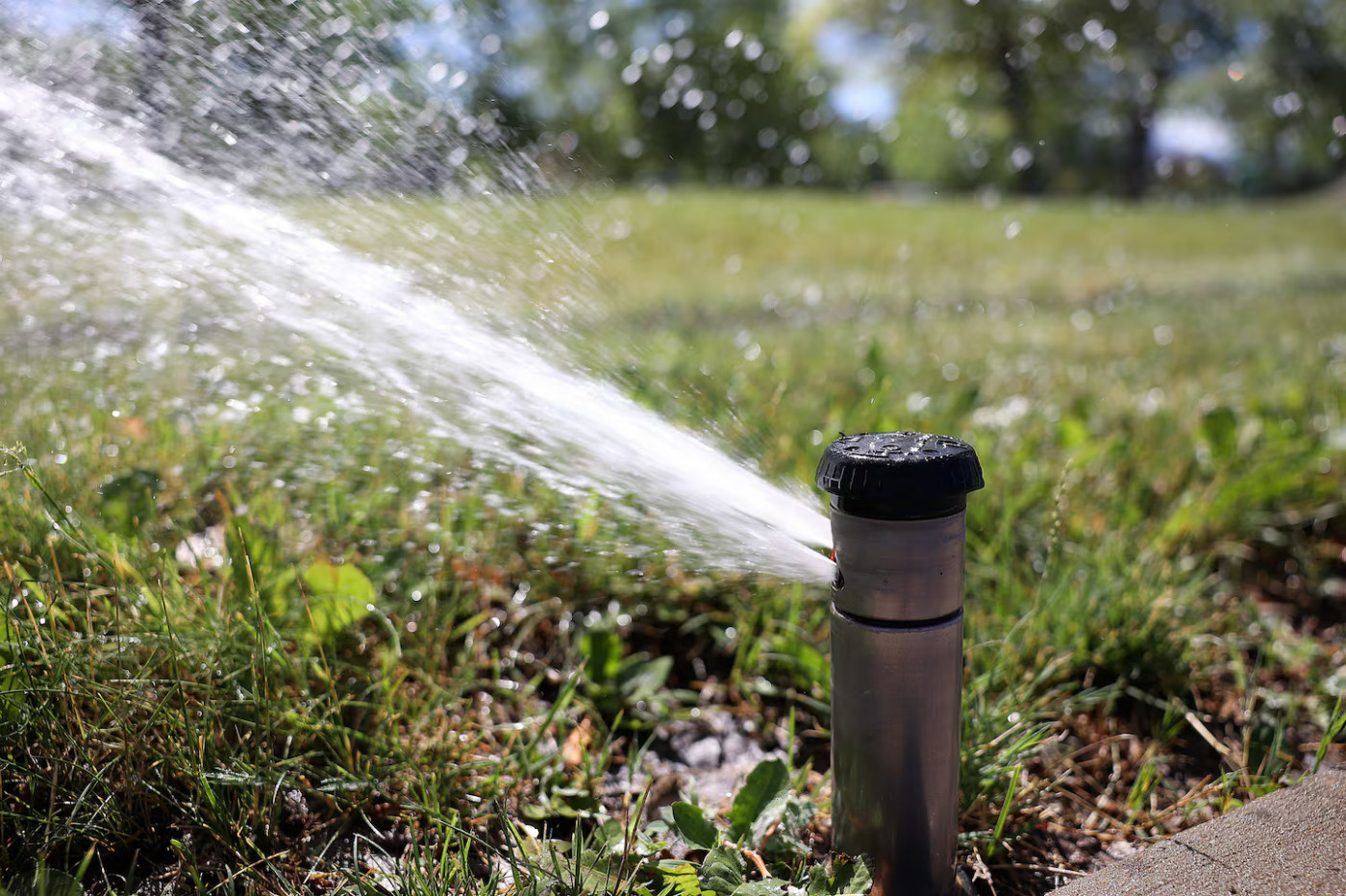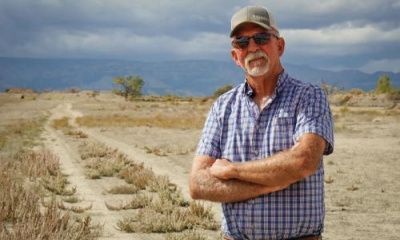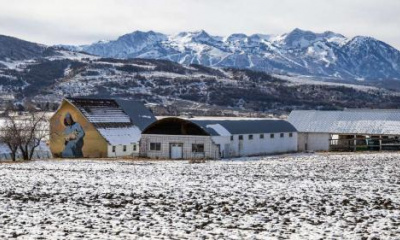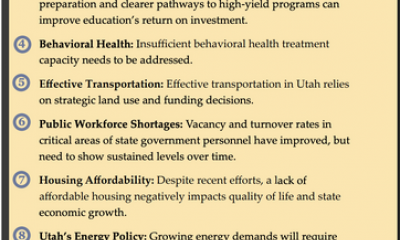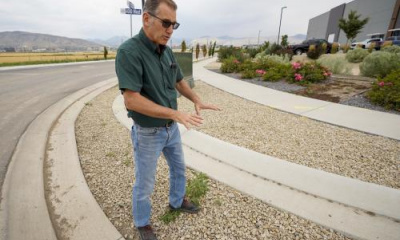Lawmakers say they represent 40% of population
While a lot of emphasis has been placed on the agricultural use of water in Utah, particularly in the Great Salt Lake drainage, a resolution is asking cities to do their part to conserve by adopting water efficiency standards for new construction.
Rep. Doug Owens, D-Millcreek, has a resolution, HJR27, encouraging the adoption of those standards to help cut back on the consumptive use of water.
Owens, in his testimony before the House Natural Resources, Agriculture and Environment Committee Friday, said 80 communities representing 40% of the population in the Great Salt Lake drainage have yet to adopt a water efficiency standard for new construction.
“Basically this is the Legislature encouraging municipalities within the Great Salt Lake Basin to have a meaningful conversation about water conservation,” he said. “I think a lot of the public sees that our agricultural users use a lot of the water in the state and they’re thinking that their water solution is going to come from taking water from farmers and I don’t think we should be doing that ever — unless the municipal water users have their act together.”
Owens added: “So I think this is trying to say I think we ought to get the municipal situation in order before we go looking for agriculture to make the contribution for helping the Great Salt Lake or other water conservation needs.”
The resolution is nonbinding and does not require communities to do anything.
But Owens pointed out that while the communities may be taking steps to conserve water, it is simply impossible to tell.
“They may be doing something, but we just don’t know it and there’s certainly no requirement for new construction to incorporate any water efficient standards.”
Tim Davis, Great Salt Lake deputy commissioner, emphasized the resolution does not force any city to take action but rather encourages those conversations on water management to happen.

Station 54, a brand new fire station east of U.S. 89 in Layton, incorporated water-wise landscaping during its construction. It is part of the city’s efforts to save water. | Layton City
The state has a turf buy-back program that has invested $5 million, with water savings beginning to fill the conservation bucket.
When the drought had Utah in a particularly bad chokehold in 2021, a retrospective revealed these water conservation success stories:
- Layton’s culinary water consumption in August 2020 was 752 million gallons. In August 2021, it sat at 485 million gallons. A Layton official said August is typically the city’s highest water consumption month all year.
- The conversion to a “smart” irrigation controller system by the University of Utah several years ago has led to a sustained reduction in water consumption at the campus of 20%.
- Salt Lake City’s water delivery has been shaved by 20% compared to the last three years’ average.
Alan Packard, general manager of the Jordan Valley Water Conservancy District, told committee members the district invests in financial incentives to “retrofit” landscapes to make them more water-wise.
It is more efficient and cost effective, he stressed, if water-wise landscapes are embraced at the outset.
“It’s so much smarter for the state or ratepayers to make the investment with the original construction, rather than pay the expense of retrofitting that landscaping in the future,” he said. “Having landscaping that is compatible with Utah’s climate is essential to meeting the needs of our current and future customers.”
According to the district’s website, more than a half dozen communities have adopted water efficiency standards set by Jordan Valley. It added that it is five times less costly to install water efficiency landscaping during new construction than to change it later.
“There is just not enough water to support future growth if we use old-style landscaping,” Packard said.
The resolution received unanimous approval and now advances for further consideration.

